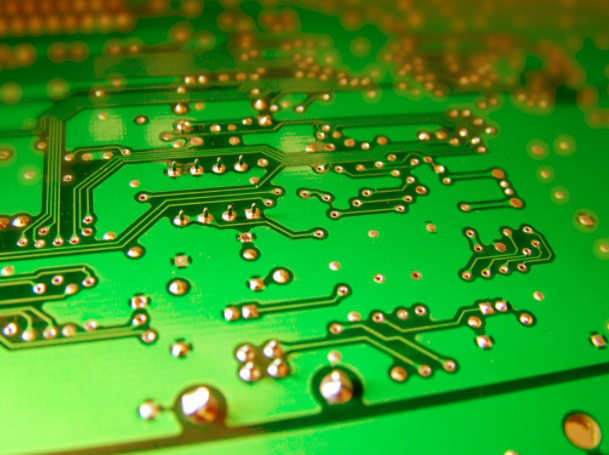PCB factory: the structure, principle and function of wave soldering
The wave soldering currently used usually consists of a plate mounting system, a flux coating system, a preheating system, a welding system, electrical and mechanical structural systems.
The functions of each system are as follows
1. Plate mounting system
It is mainly composed of rails, and the distance between rails can be controlled mechanically or electrically, and the welded PCB can run smoothly on the rails.
2. Flux coating system
The common methods for spraying flux on PCB are foaming agent, spraying and so on.

3. Preheating system
Preheating the PCB components, high temperature can quickly volatilize the solvent in the flux and activate the flux, so as to remove the PCB pad and the positive oxide layer of the component soldering end, laying the foundation for high-reliability soldering.
4. Welding system
The soldering system is one of the most critical parts of the wave soldering machine and an important part of the completed soldering operation. The basic principle of wave soldering is to catch the stirring action of the pump in the solder tank, and form the molten liquid solder into a wave soldering of a specific shape. The PCB board with the components is placed on the conveyor belt, and the soldering is realized by passing through the solder wave crest at a specific angle and a certain immersion depth, as shown in the figure.
The early wave soldering machine had only one discharge port, called a single wave soldering machine. The wave soldering machine currently used has two outlets, also called a double wave soldering machine. The solder wave of the first outlet of the double wave soldering machine The shape is pulse upwards, and its purpose is to make the solder joints heat up quickly, and at the same time make the solder hit the pads with the components in the vertical direction, but at this time no reliable solder joints have been formed. The second outlet of the double-wave solder flux The shape of the tin wave is relatively flat, the solder joints are heated more evenly in the flat tin wave, and the solder is wetted enough to form a high-reliability solder joint. Early flat waves had different waveforms. Some of the waveforms resembled the Greek letter λ, called λ wave, and his waveform was flat and open; some of the waveforms resembled the Greek letter Ω, called Ω wave. The Ω wave is mainly equipped with a vibration source in the solder outlet, which makes the surface of the tin foil vibrate with small amplitude. Using its oscillation can increase the soldering function and promote the solder to wet the component pins, which can effectively solve the solder dead zone problem. However, the effect is not obvious when the density is too high or the height difference of the parts is large, and some wave soldering machines have bubbles at the discharge port, so it is also called bubble tin wave. His principle is to blow air or nitrogen into the tin pot from the bottom of the tin bath and generate a tin wave containing countless small bubbles. These bubbles float up with the solder and have a higher kinetic energy, thereby dissipating the gas surrounding the solder joints, making it easier for the solder to enter the soldering pad. This method was designed by the Japanese and is often used in Japan.
Principle of wave soldering composition
The current flat wave of the wave soldering machine type is formed by shortening the main peak of λ wave and extending the secondary peak. Its characteristic is that the wave peak becomes very wide, so it is also called T wave, as shown in the figure. When the printed board passes the T-shaped wave crest, the solder wets the soldering area of the printed board to form a solder joint. The hesitation solder peak is very wide, the soldering time can be guaranteed, and the surface tension of the solder has sufficient time to completely drag the excess solder back to the wave surface to reduce bridging. Phenomenon.
In some wave soldering machines, a hot air knife is installed after the wave peak. The high-temperature hot air can effectively remove the solder joints and bridges and reduce the thermal stress of the components. The PCB quickly enters the cooling zone after the wave soldering/hot air knife. At this time, a cooling fan is installed in the wave soldering machine to ensure that the PCB is cooled to reduce the damage caused by heat retention.
5. Electrical and mechanical structure system
Electrical and mechanical structural systems are the guarantee for the effective operation of the above-mentioned systems. The high-performance wave soldering machine runs smoothly, with quantitative control and high precision. For example, the preheating temperature and the tin pot temperature can reach ±1 degree Celsius. In addition, the width of the track, the inclination, the depth of the solder joint in the tin wave, and the residence time All energy control.
In the wave soldering machine, the main station is the soldering system, that is, the solder wave contact station with the PCB, and the rest are auxiliary stations, but the wave soldering machine is a whole, and the auxiliary station is indispensable or damaged.